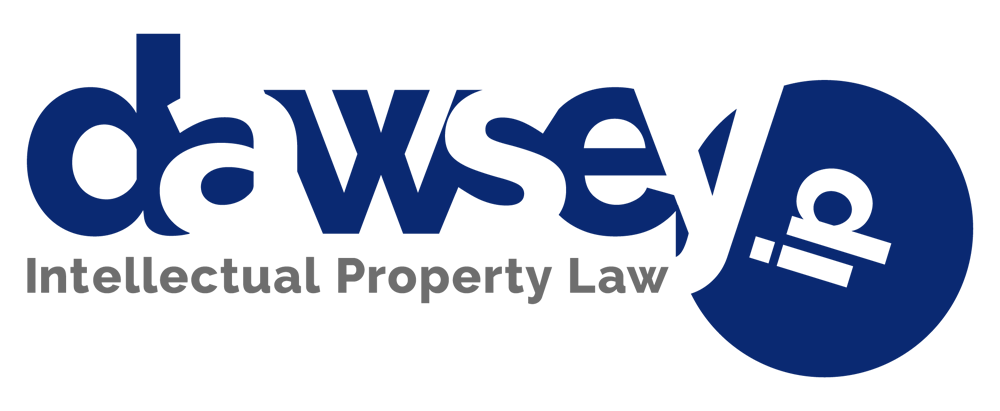
DIligence
© 2002, Dawsey Co., LPA
June 2002
A consequence of the United States “first to invent’ patent law is that an inventor can claim a date of invention back to the time of conception, that is, the time of developing a complete means of solving a problem, even if the invention has not been physically built or an application filed. Such a concept clearly favors the inventor, who is able to take the time to refine a possibly patentable idea before filing. However, this benefit is matched by a duty to show diligence in reducing the invention to practice. In short, an inventor must work diligently on his or her invention, before filing, to get the earliest possible priority date.
Diligence has been defined by the courts as the continued work on the task of reducing the invention to practice by both the inventor and his representatives. While constant activity on the invention is not required, the inventor must be able to account for the entire time period between conception and reduction to practice by either showing actual work done on the invention or a legally adequate excuse for inactivity.
The law does not require constant or extraordinary levels of work to constitute diligence. Courts will consider the reasonable problems and everyday distractions that face every inventor in evaluating diligence. Reasonable vacations are permitted, as are waits for the results of testing. An inventor who holds a full time job is not precluded from being diligent, if there was a continued application of effort during off-work time. Complexity of the invention may affect the diligence examination; the more complex an invention, the more leeway will be given to breaks in diligence. However, breaks due to discouragement or lack of funding, while perhaps understandable, can break the chain of diligence.
A break in diligence results in a loss of the priority for the time occurring before the break. However, a new period of diligence can begin when the invention is actively taken up again. In such a case, priority can date back to the beginning of the new period of diligence.
An inventor must not only consider his or her own diligence. An inventor is also responsible for a patent practitioner’s diligence, or lack of it, in preparing an application for filing. Reasonable delays due to a practitioner’s work load are often considered within the realm of diligent activity, but unreasonable delays are not. An inventor should always monitor the work of their practitioner, and seek a clear explanation of any projected delays. As always, the best course is to form and maintain a solid working relationship with the practitioner, such that the inventor knows the progress on, and status of, his invention at all times.
